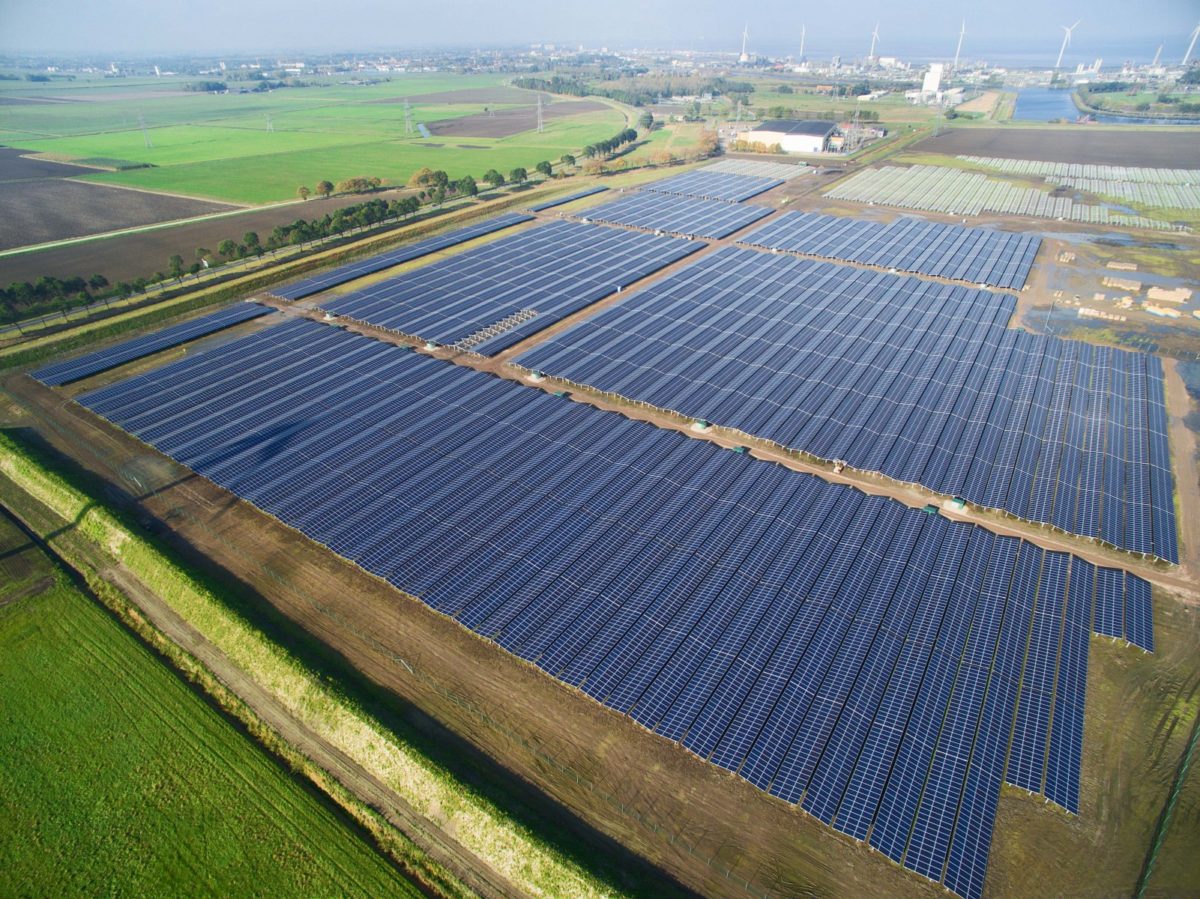U.S. tech giant Google has announced that it will purchase the solar power generated from the largest PV plant in the Netherlands to power its new Dutch data center.
Google has signed a ten-year power purchase agreement (PPA) with Dutch energy provider Eneco to become the sole off-taker of the electricity generated at the Sunport Delfzijl solar park – a 30 MW installation owned by Germany's Wirsol that covers 30 hectares, boasts 123,000 solar panels and can generate 27 GWh of solar power a year.
Google’s Eemshaven data center is located close to the plant, and was opened in 2016 following a €600 million investment. It is one of four data centers in Europe, and Google is planning to build a further large center in Luxembourg.
The search engine company’s stated aim is to ensure that all of its global data centers are powered by renewable energy. Currently, Google has around 2.7 GW of renewable energy capacity under its belt, said Marc Oman, EU energy lead at Google.
“After the agreement with Eneco for the delivery of wind energy from WindPark Delfzijl and the agreements with the wind parks Krammer and Bouwdokken, we are pleased that we can now also make use of solar energy,” Oman said.
“Worldwide, we have already contracted the delivery of 2.7 GW of green electricity, which makes Google the world’s largest corporate purchaser of renewable energy. Contracts like this give companies like Eneco the economic certainty to invest in new renewable energy capacity.”
Google’s solar ambitions are being matched by the Netherlands, which is on course to install around 1 GW of new PV capacity in 2017.
This content is protected by copyright and may not be reused. If you want to cooperate with us and would like to reuse some of our content, please contact: editors@pv-magazine.com.



4 comments
By submitting this form you agree to pv magazine using your data for the purposes of publishing your comment.
Your personal data will only be disclosed or otherwise transmitted to third parties for the purposes of spam filtering or if this is necessary for technical maintenance of the website. Any other transfer to third parties will not take place unless this is justified on the basis of applicable data protection regulations or if pv magazine is legally obliged to do so.
You may revoke this consent at any time with effect for the future, in which case your personal data will be deleted immediately. Otherwise, your data will be deleted if pv magazine has processed your request or the purpose of data storage is fulfilled.
Further information on data privacy can be found in our Data Protection Policy.